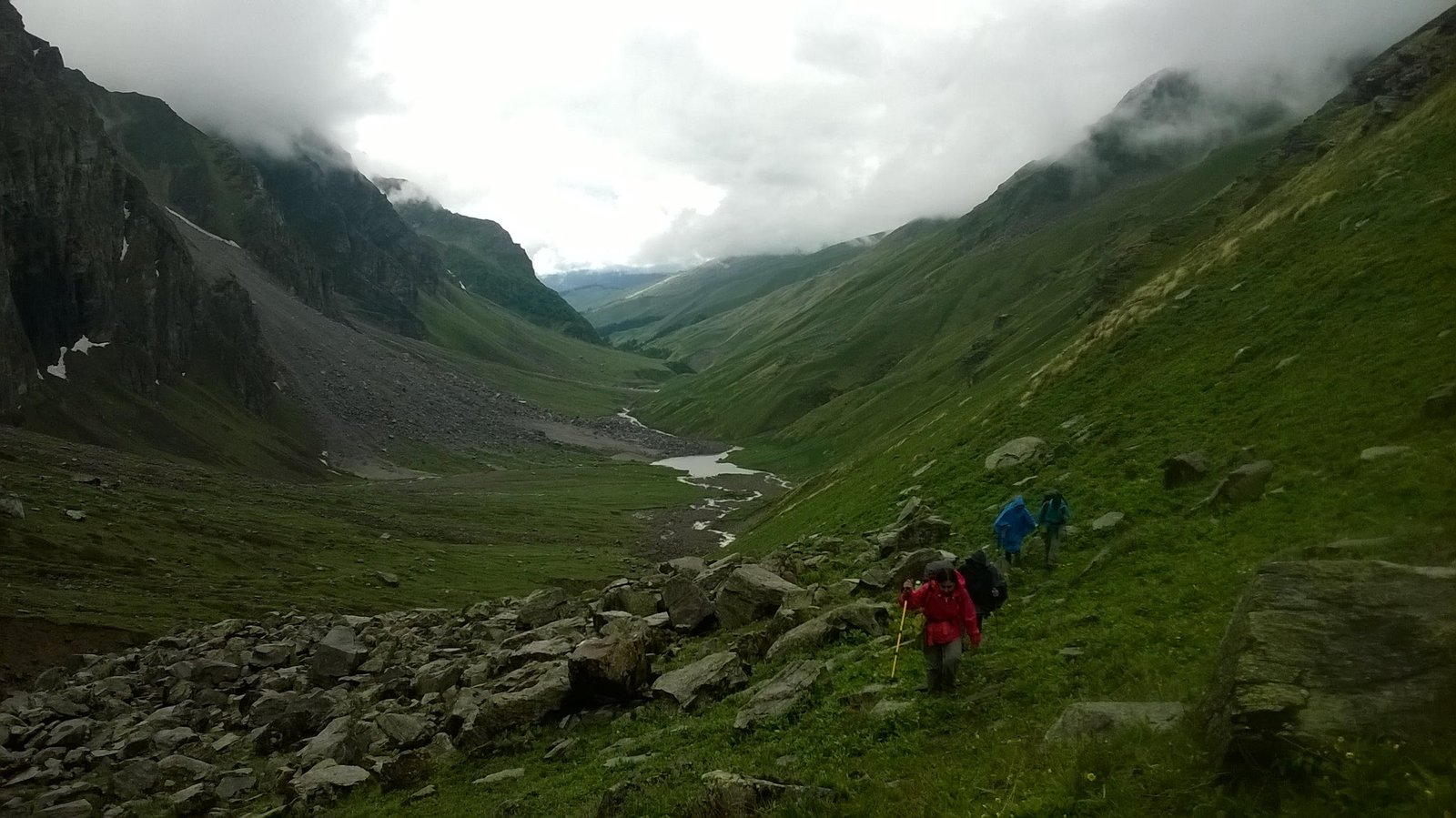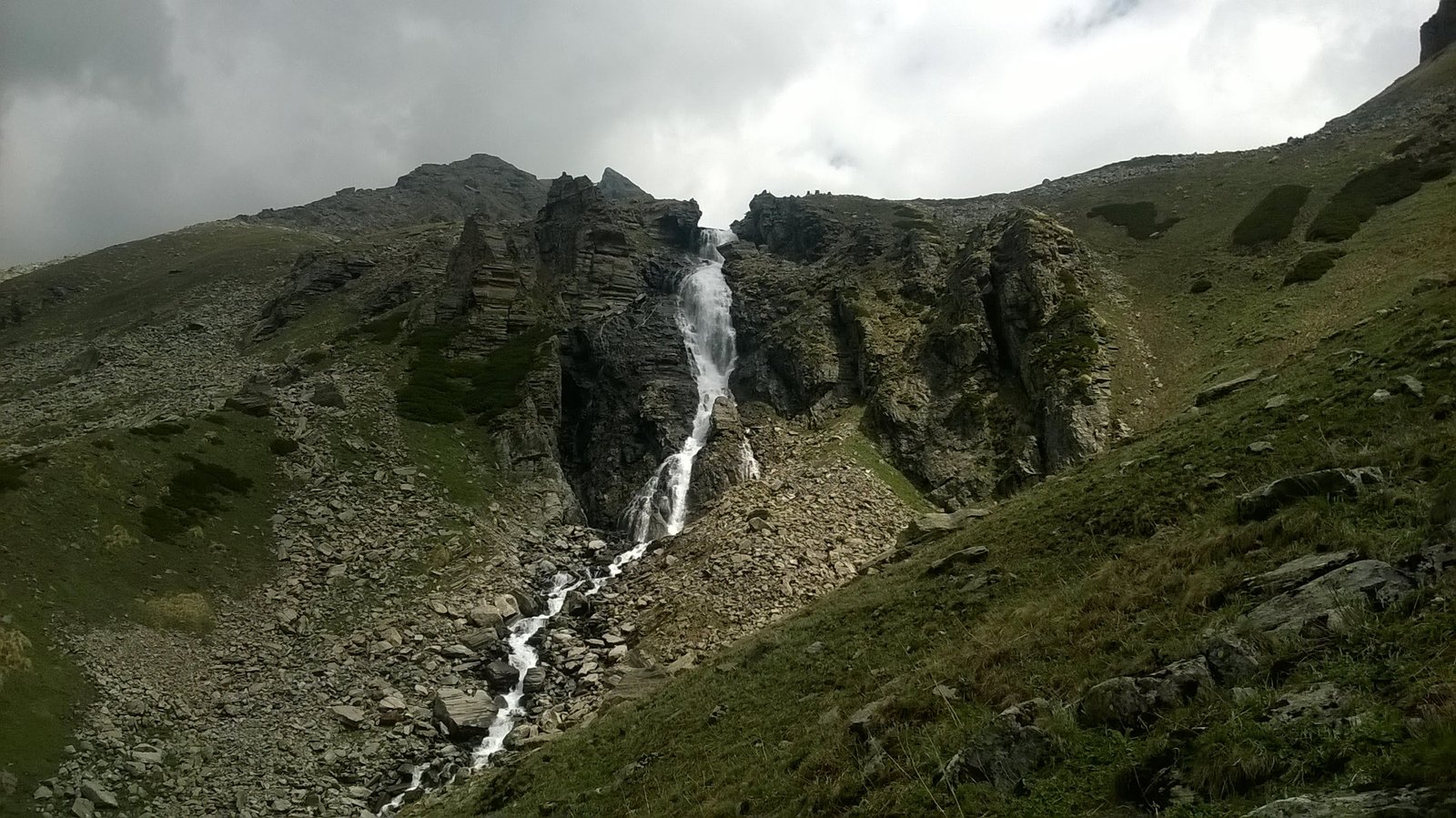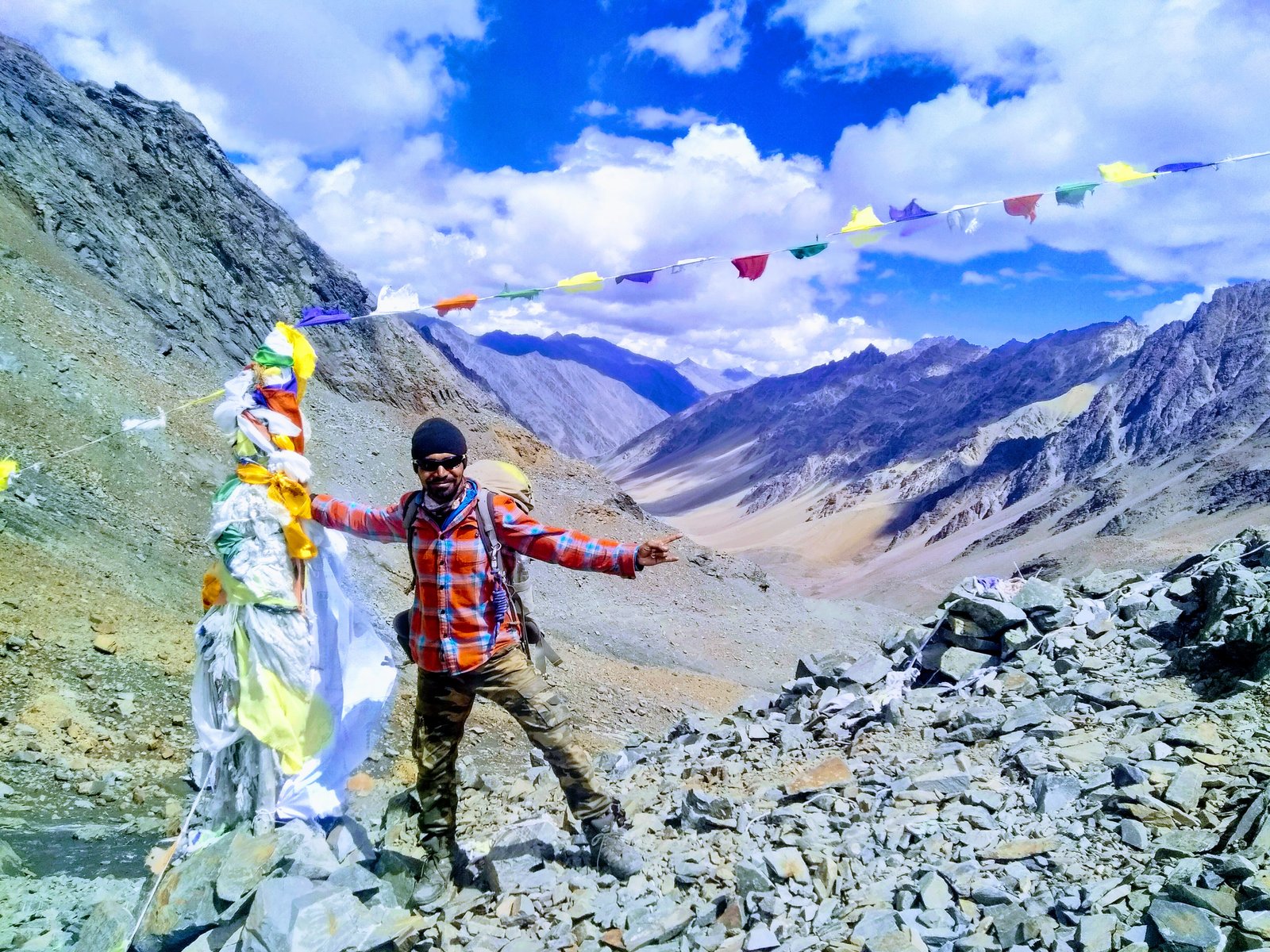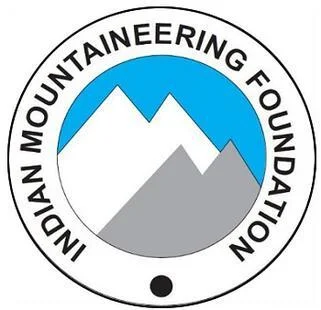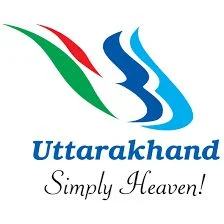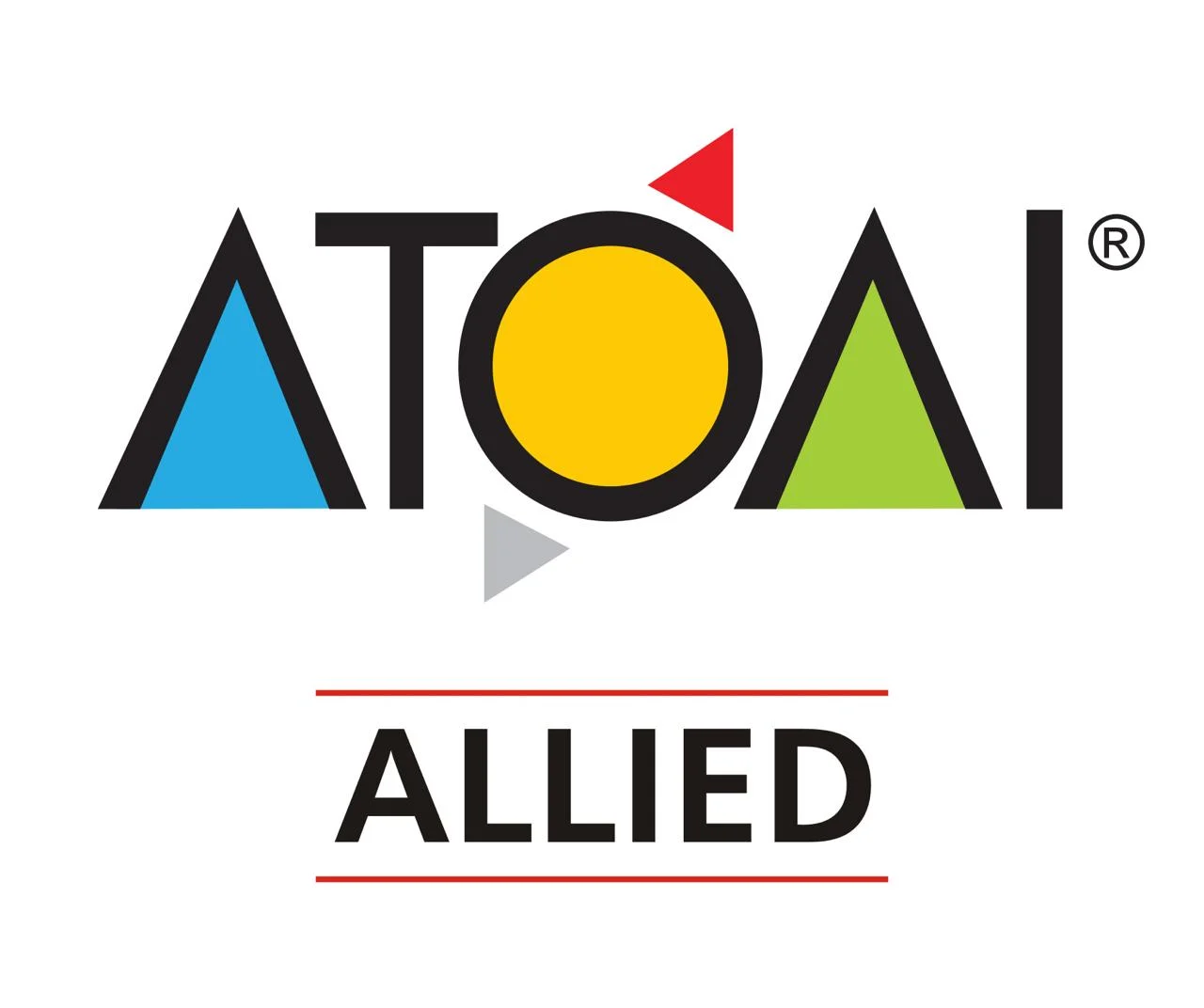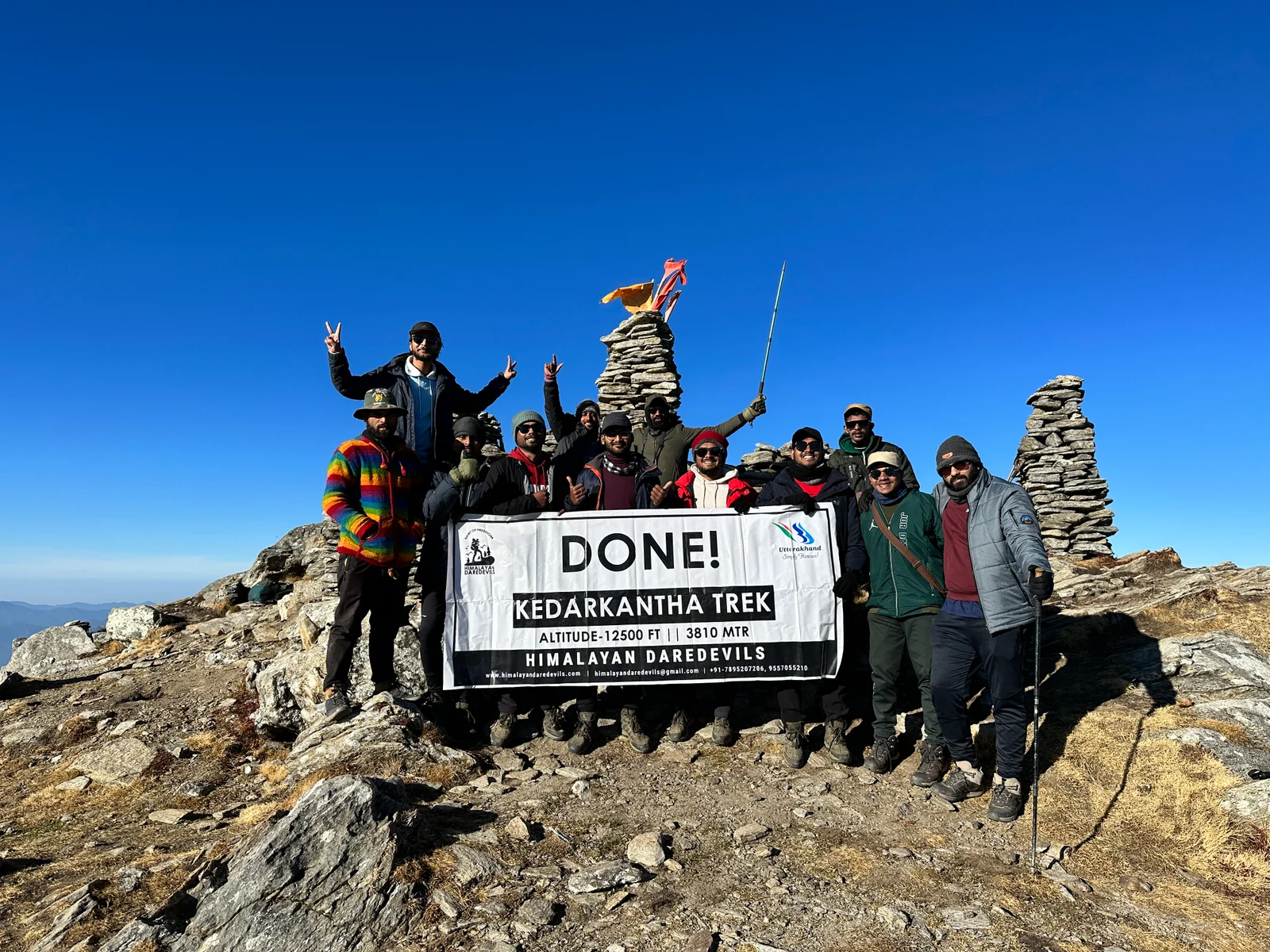Starting From
39,100
34,000.00
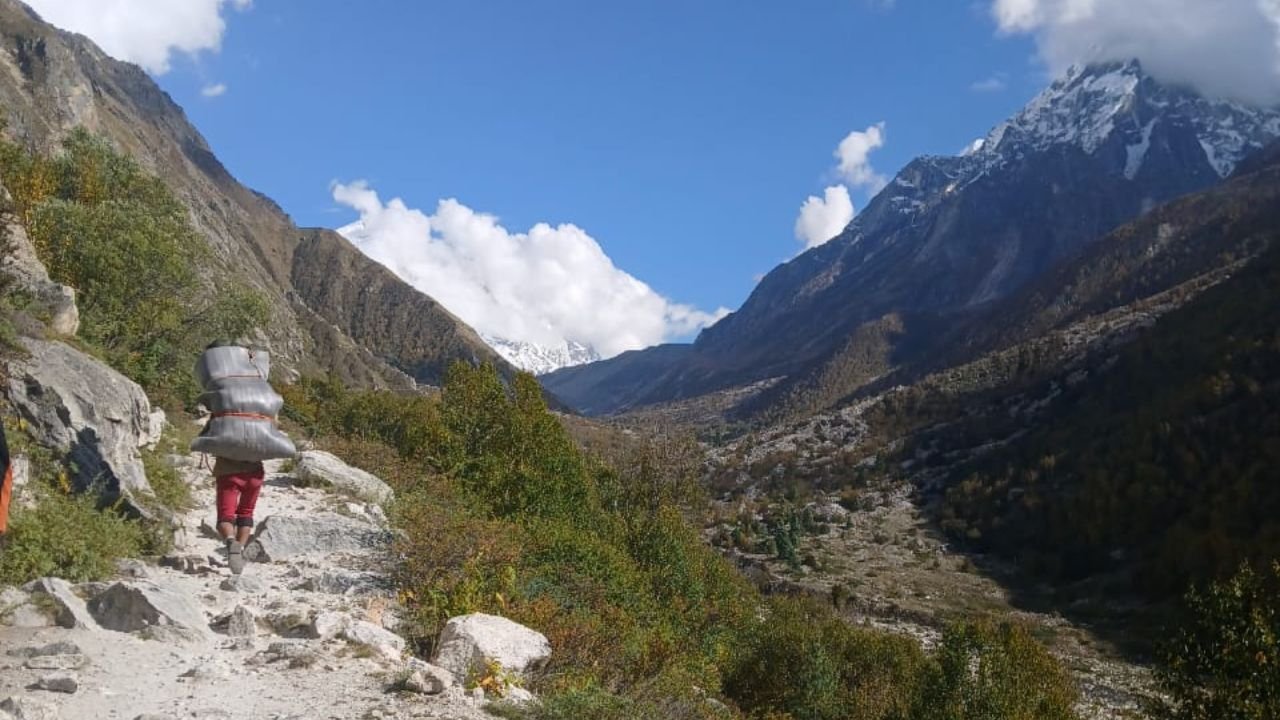
Starting From
39,100
34,000.00
Starting From
39,100
34,000.00
Borasu Pass Trek (104+ Reviews)
The trek starts from Sankri and ends in Chitkul
Dehradoon Railway Station
Jolly Grant Airport, Dehradoon
Sankri
May, June, September, October
Sankri to Chitkul
Veg
Hotel/ Camp
Uttarakhand
7 Days
Difficult
17880 Ft
64 Km
Overview
The Himalaya is indeed the most sacred and divine mountain range in the world. In the last few years, it has become more and more popular among adventure lovers and trekkers who come here to explore and experience the divine beauty of Mother Nature in some of the most remote parts of the Himalayas. Their ambition leads them to many known and lesser-known treks.
Humorously, there are certain Himalayan treks that have become so famous that they are well-known even to people living on the coastal lines of India, whereas certain treks are not known to some locals either.
Borasu Pass Trek is one such lesser-known high-altitude Himalayan mountain trek lying in the Garhwal Himalayas of India. Borasu Pass Trek is a very unique trek since it divides two different states of India: Uttarakhand and Himachal Pradesh. Moreover, Borasu Pass also falls near the border of Tibet. It is believed that the Borasu Pass, also known as Barasu Pass, was used as a trade route between Har ki Dun Valley and Kinnaur Valley in older days. Can you imagine the beauty of this trek during that time when the local people may have walked on the trails about 500-1000 years ago? What a spectacular beauty this high-altitude Himalayan Pass may have offered to the traders passing through it. Isn't it? Instead of traders, these days, this trek is sought after by the trekkers looking for challenging treks.
The high altitude of the Barasu Pass and the long walking distances make this trek difficult and hence the Borasu Pass trek is suitable only for experienced trekkers and mountaineers.
During the Borasu Pass trek, you will be able to see some spectacular high mountain peaks of Uttarakhand Garhwal Himalayas like Swargarohini, Bandarpoonch, Kala Nag (AKA Black Peak), Bonga Peak, Bali Pass, and Dhumdhar Kandi Pass. From the Barasu Pass, if you look back, you will see the astonishingly beautiful Har ki Dun Valley.
By embarking on the Borasu Pass trek, you will traverse through remote Himalayan villages like Osla, where you will get a chance to observe the unique ancient mountain architecture, culture, and lifestyle of the villagers who live in these remote Himalayan villages. With every passing day, the Borasu Pass Trek will reveal astonishing beauty before you. From the village trails, this trek will take you to the beautiful vast alpine meadows, and lush green forests of Pine, Bhojpatra, and Rhododendrons; You will hike through ridges, and witness the spectacular Marinda Tal, which is a glacial lake. From there you will trek to some challenging terrains where you will encounter steep climbs and descends through moraines, glaciers, and snow-capped mountains. Starting from a small village of Uttarakhand, this trek will take you to the Chitkul village of Himachal Pradesh.
Borasu Pass divides Uttarakhand from Himachal Pradesh and it is located near the border of Tibet. The Borasu Pass trek starts from the Tons Valley in Uttarakhand and ends at the Baspa Valley in Himachal Pradesh. This trek falls into the Govind Pashu Vihar National Park. Both Tons and Baspa Valley are named after the names of the respective rivers that flow through these valleys. Tons river flows through Tons Valley in Uttarakhand and merges with the sacred river Yamuna. Whereas the Baspa River flows through the Baspa Valley and merges with the Sutlej river.
Itinerary
Drive: 190 km, 8-9 hrs
Altitude Gain: 2,100 ft – 6,500 ft
Today is going to be the first day of the adventurous Maldaru Trek. Early in the morning, you will depart for Sankri; a small village in Uttarakhand. Dehradun to Sankri is a beautiful road trip passing through curvy Himalayan mountain roads. Sankri village is considered to be the base camp for many famous and offbeat treks like the Kedarkantha Trek, Har ki Dun Trek, Barradsar Lake Trek and Bali Pass Trek.
Let’s know some interesting facts about today’s road trip to Sankri. You will witness spectacular views and some ancient heritage sights on the way that represents our country’s rich culture. One such place is Lakhamandal. We will talk about it later though.
Kempty…You must have heard this word right? On the way to Sankri when you leave Mussoorie, you will pass through beautiful Kempty waterfalls also known as Kempty Falls. You will get a chance to witness the beauty of this famous Himalayan waterfall.
When you start riding on the Mussoorie – Yamunotri road, you will come across another beautiful place named Lakhamandal. It is not exactly on our way but If the time allows, you can pay a visit to this temple. While passing the town you will realize why Uttarakhand is called Devbhumi. Lakhamandal is mentioned in the ancient Indian scripture, the epic Mahabharata. This temple is famous not only because it is mentioned in Mahabharat, but also because of its significant architecture. The temple is dedicated to lord Shiva.
Let’s move a little further, and you will reach Ganganani, famous for its natural hot springs. Ganganani is a small village in Uttarakhand near Harshil Village. Here, you will take a break by the riverbank. All Indian rivers are considered sacred as they sustain countless lives. Sit down, dip your legs in the water, and listen to the soothing music of the river. You will reach Sankri by the evening and check into the beautiful cosy guest house.
Drive: 15 km, 1 hr
Trek: 12-14 km, 6 hrs
Altitude Gain: 6,500 ft – 8,398 ft
After a hearty breakfast, we will be transported to Taluka by car. The drive is a bit bumpy. The trek commences from Taluka on a stony path. The motorable road in Govind Pashu National Park ends here. With the river Supin gushing through rapids beside us, under the shade of walnut, pine and other trees, the walk is quite pleasant. Often the passing villagers greet us on the way. We also see plantations of the red-coloured Himalayan crop amaranth, locally known as cholai.
A few hours and crossing over a few streams later, we see the village of Gangad across the river on the left. We continue our hike and after about an hour, the quaint village of Osla unfolds itself. Osla is a household name among trekkers. Home to about 200 families, it gives us a peek into Garwahli culture. Seema is a tiny settlement opposite to Osla on the other side of the river. We set camp here or stay in a hut with a local family in the village.
Trek: 12-13 km, 7 hrs
Altitude Gain: 8,398 ft – 11,515 ft
From Osla the trail gradually rises higher and passes through bushes of flowers like orchids, fleece flowers and sunflowers. The ascending path climbs high above the confluence of Supin river and the river from Ruinsara valley.
After traversing higher up along the left side of the river, we camp at a very panoramic spot in Har ki Dun, located at the junction of two valleys – one originating from Jaundhar glacier and the other from beyond Hata glacier.
Trek: 5-6 km, 3-4 hrs
Altitude Gain: 11,515 ft – 13,779 ft
Today we trek at moderate pace to reach Ratha Tho. On the wasy, we pass by Morinda Tal, a small lake. A part of the trek is a bit over boulders but with the views of snow covered peaks and wide valleys, it is a beautiful walk.
Trek: 6-7 km, 5-6 hrs
Altitude Gain: 13,779 ft – 16,076 ft
On this day, we walk higher up. The path is over boulders and quite often snow-covered. The campsite at upper Lamjung is also on snow mostly. From here one gets a beautiful view of the valley behind.
Trek: 10-12 km, 7 hrs
Altitude Gain and loss: 16,076 ft – 17,583 ft – 13,123 ft
We start before sunrise for this day’s trek. As we keep moving higher up, the views open up behind us. After crossing two glaciers and a final ascent over boulders, the cradle shaped Borasu pass lies before us. We descend towards the Himachal side of the pass into a large glacier usually glissading over the initial slope. The trek further is along a tributary of Baspa river. We may find shepherds near the campsite.
Trek: 15 km, 6-7 hrs
Altitude loss: 13,123 ft – 11,253 ft
Today’s trek takes about 8 h. This is an easy walk through flower fields and forests. Overnight in Chitkul Village. The trek ends here. One can get public or private transport from Chitkul or Sangla to Shimla.
Borasu Pass Trek Map

Inclusions
Exclusions
1. Meals while on trek (Veg.).
2. All necessary entry fees and permits.
3. Accommodation:- Guest house / Camping during Trek.
4. Mountaineering qualified & professional trek Leader, guide, cook, and Support staff.
5. First aid medical kits, stretcher, and oxygen cylinder.
6. Trek equipment: Sleeping bag, mattress, tent, kitchen & dining tent, toilet tent, utensils, and crampon (if required)
7. Staff Insurance.
8. Porters/mules to carry central equipment.
1. Any kind of personal expenses.
2. Food during transit.
3. Mules or porters to carry personal luggage.
4. Insurance.
5. Transport (Non Ac)
6. Any kind of emergency evacuation charges
7. 5% GST
8.Any expense incurred or loss cost by reasons beyond our control such as bad weather, natural calamities (landslides, floods), flight delays/rescheduling/ cancellations, any accidents/medical evacuations, riots/strikes/war/pandemics etc.
9. Anything not specifically mentioned under the head.
1. Meals while on trek (Veg.).
2. All necessary entry fees and permits.
3. Accommodation:- Guest house / Camping during Trek.
4. Mountaineering qualified & professional trek Leader, guide, cook, and Support staff.
5. First aid medical kits, stretcher, and oxygen cylinder.
6. Trek equipment: Sleeping bag, mattress, tent, kitchen & dining tent, toilet tent, utensils, and crampon (if required)
7. Staff Insurance.
8. Porters/mules to carry central equipment.
1. Any kind of personal expenses.
2. Food during transit.
3. Mules or porters to carry personal luggage.
4. Insurance.
5. Transport (Non Ac)
6. Any kind of emergency evacuation charges
7. 5% GST
8.Any expense incurred or loss cost by reasons beyond our control such as bad weather, natural calamities (landslides, floods), flight delays/rescheduling/ cancellations, any accidents/medical evacuations, riots/strikes/war/pandemics etc.
9. Anything not specifically mentioned under the head.
What to carry
- Trekking shoes: A good pair of trekking shoes is essential for a comfortable and safe trek. Look for shoes that are sturdy, provide good ankle support, and have a good grip on different types of terrain.
- Backpack with rain cover (50-60 ltr): A backpack is necessary to carry all your gear. Make sure it's the right size for your trek, and comes with a rain cover to keep your belongings dry in case of rain.
- Thermals (upper and lower): Thermals are lightweight and comfortable base layers that help regulate your body temperature in cold weather. Bring both upper and lower thermals to keep warm.
- 3 T-shirts (advisable quick dry): Choose quick-drying T-shirts made from breathable and moisture-wicking materials. This will help keep you cool and dry during your trek.
- 2 trek pants: Choose lightweight and comfortable trek pants that are easy to move in and can dry quickly if wet.
- Jacket (-10 degrees): A warm jacket is essential for cold weather. Choose a jacket that is waterproof and windproof, and provides good insulation.
- Fleece or hood (2): Fleece jackets or hoodies are great mid-layer options to keep warm. Bring at least two, as they can also be used as an extra layer at night.
- Sunglasses (UV protected): Protect your eyes from the sun's harmful UV rays with sunglasses that are designed for outdoor activities.
- Sun cap: A sun cap or hat with a brim will protect your face and neck from the sun.
- Hand gloves: Bring a pair of lightweight gloves to keep your hands warm and protected from wind and sunburn.
- Woolen cap: A woolen cap will keep your head and ears warm at night or in cold weather.
- Socks (3 pairs min): Bring at least three pairs of good quality socks that are moisture-wicking and provide good cushioning and support for your feet.
- Headlamp: A headlamp will come in handy if you're hiking in low-light conditions or need to find your way in the dark.
- Trekking pole (if needed): Trekking poles can help reduce strain on your legs and provide additional support on steep terrain.
- Rain cover\poncho: A rain cover or poncho will keep you and your gear dry during unexpected rain showers.
- Day pack (if you plan to offload your bag): If you plan to offload your backpack during the trek, bring a smaller day pack to carry essentials like water, snacks, and a first aid kit.
- A toiletry kit: Bring a small kit with personal hygiene items, such as a toothbrush and toothpaste, wet wipes, hand sanitizer, and toilet paper.
- Lunchbox, cup, spoon: If you plan to bring your own food, bring a lunchbox, cup, and spoon to carry and eat your meals.
- 2 one-liter bottles: Staying hydrated is crucial, so bring at least two one-liter bottles to carry water.
- 2-3 plastic covers to keep your wet or used clothes: Plastic bags are useful for keeping wet or dirty clothes separate from the rest of your belongings. They can also be used to pack out any trash or waste you generate during the trek.
How to reach
With a variety of means of transport available, this beautiful city. Find lots of beauty in every mode of traveling by road, air, or train as each route takes you through different sights. Get ready to be impressed by the mountains as you begin this marvelous trip.
By Road
From Delhi :
Distance: About 260 km.
Time: 6 to 7 hours.
Route: NH 44 should be taken; this road goes through Meerut, Muzaffarnagar, and Roorkee which is scenic.
Suggestion: You may take a cab or book a cab online rather than getting stressed out about availability.
Local Buses:
Frequency: Buses are available in the regions of Delhi, Chandigarh, and Haridwar after every hour.
Forms: AC and non-AC buses are both provided.
Booking: These can be bought online or at the bus stop
Self Drive:
Benefits: You can also check out places on your way around.
By Air
Jolly Grant Airport:
Distance from the airport to Dehradhun: It is 25 kilometers.
Air Transport Available: Major Indian metropolitan cities namely Delhi, Mumbai and Banglore have rounds of flights to this airport regularly.
Time: 1 hour starting from Delhi.
Transportation after the flight:
Alternatives: Taxis and private cabs are available outside the airport.
Time taken to travel from the airport to Dehradun: 40 to 60 minutes.
By Train
Dehradun Railway Station:
Connectivity: Trains connect it well to prime locations such as Delhi, Mumbai, and Calcutta.
Popular Trains:
Nanda Devi Express: Travel time is Nanda Devi overnight service.
Shatabdi Express: Day service; fast and comfortable.
Dehradun Express: Return options are available regularly.
From the Station:
Local Transport: Locals recommend wholesale taxis, auto-rickshaws, or local buses to the city or the trekking starting point.
Fitness and preparation guide for Borasu Pass Trek
We recommend jogging as the best routine to get fit for a trek. It works on the same muscles that you use while trekking — your calves, glutes and hamstrings. It helps increase your stamina day by day. It is also an easy routine that does not require any equipment or tools.
Fitness target:
To do this trek comfortably, you must be able to cover 5 km in under 35 minutes. This is the minimum fitness required for this trek.
How to achieve this fitness?
- Start jogging at least 4 days a week
- If you cannot run 5 km immediately, start with 2 km and increase to 5 km over 2-3 weeks.
- Once you’re able to run 5 km, increase your pace day by day.
- Gradually increase your pace and bring it down to 5 km in less than 35 mins.
- You must be able to run 5 km in 35 mins consistently for at least 2 weeks before the trek.
This trek requires at least 6-8 weeks of preparation. The longer, the better. So plan your trek soon and start preparing.
Cancellation policy
Life is unpredictable and we understand sometimes you have to cancel or change your trip dates and it is our endeavour to make it as easy possible for you. However, please understand we plan everything including guide fees, permits, accommodation and ration in advance. Therefore any cancellation means inconvenience and certain losses to the people involved in various stages of programme. Keeping that in mind, our cancellation charges are as below-
Cancellation prior to 30 days from start of the event: Get monetary refund with 15% of cancellation charges on trek fee.
Cancellation between 30 days and 15 days to the start of event: 50% on trek fee is non refundable and the remaining 50 % will be given as cash voucher which is valid for 1 year.
Cancellation less than 15 days to the start of event: No refund.
Please note cancellation will be only accepted by email.
Booking amount is non refundable
Note: The Himalayan Daredevils reserves the right to cancel a programme before departure in the event of logistical problems arriving due to natural calamities, strikes, wars on any other circumstances that makes the event inadvisable. In this case, 50% on trek fee is non refundable and the remaining 50 % will be given as cash voucher which is valid for 1 year.
Itinerary changes & trip delays:
We plan itineraries based on the information at the time of planning and in rare circumstances, there are subject to change. In the event that the itinerary is changes or delayed due to unforeseen circumstances such as bad weather conditions, transportation delays, government intervention, landslides etc. We will always aim to give you the best experience possible. However The Himalayan Daredevils are not be held responsible for the cost of delay or changes.
Why Choose Us
